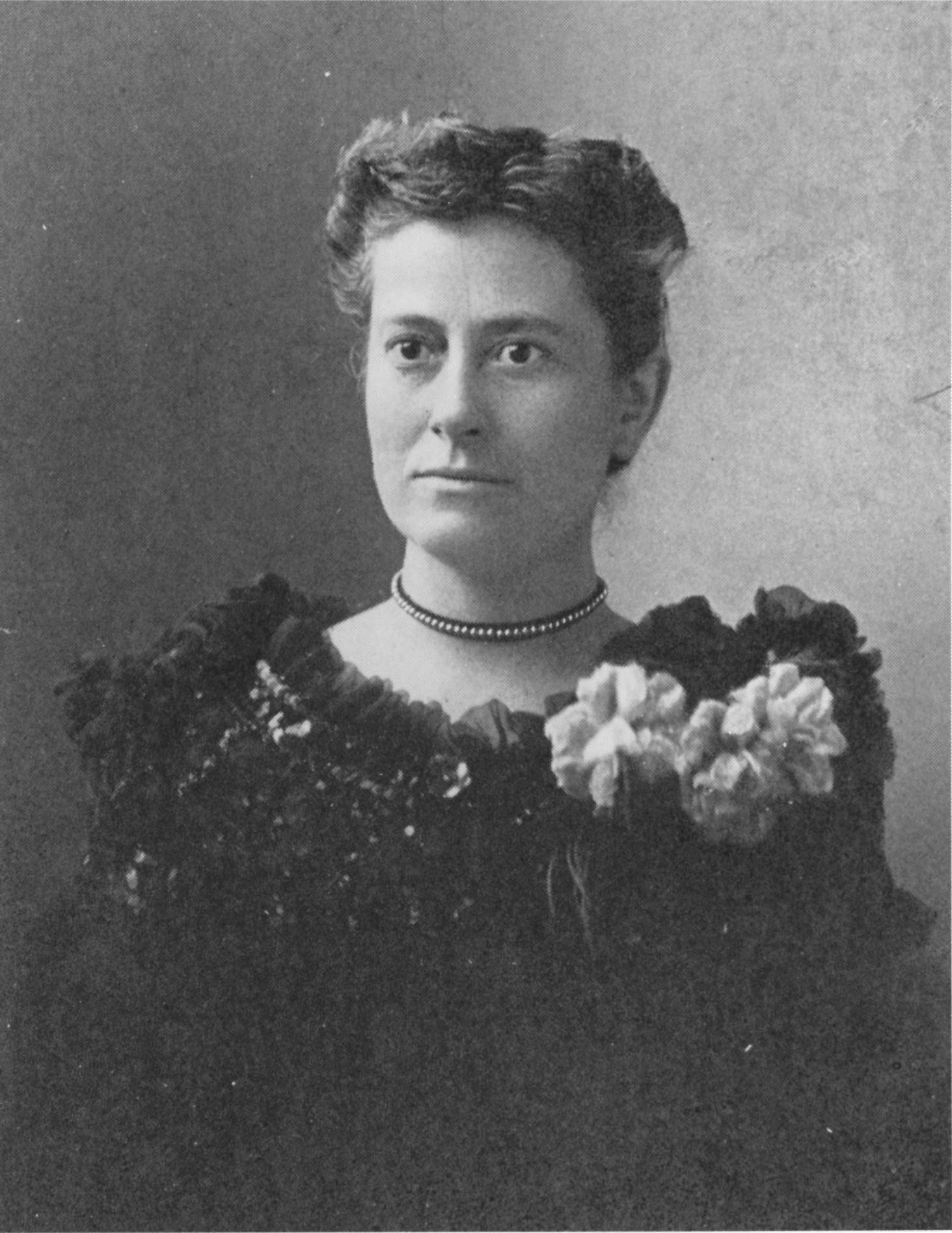Williamina Fleming
In 1878, in Boston Massachussets, twenty-one year old Williamina Fleming awoke on what was probably one of the hardest days of her life - her husband had left her the night before. In Scotland, where she was born, Fleming had been a teacher, but she had gone with her husband to America, and was only a few months off the boat by the time he left. Now, she was broke and alone, one of a vast sea of immigrants in Boston. On top of everything else, she was pregnant. Heavy in heart (and belly), she went out into the streets to look for work.
It was then that she happened upon the door of Edward Charles Pickering, a professor of astronomy at Harvard, who took her on as a housemaid. She worked hard, raised her child, and lived quietly. It was three years later that Pickering, frustrated at the poor quality work he got from his male research assistants, angrily declared that even his housemaid could do a better job. Little did he know how right he would end up being.
Pickering hired Fleming on to his academic work shortly thereafter, basically to do clerical labor. Soon, however, Fleming showed that she had a startling eye for detail, and an excellent head for complex scientific topics. Within a few years she was contributing significantly to astronomical research, including devising a system for classifying stars based on the amount of hydrogen they burned, using a prism to separate the light they emitted to a telescope. Her work continued for many years, and she is the discoverer of many stars and astronomical bodies, including, in 1888, the Horsehead Nebula.
By 1899, powerfully affected by Fleming's work, Pickering expanded upon his success, and ended up hiring dozens of women in the astronomy department of Harvard. Promoted now to the position of Curator of Astronomical Photographs, Fleming supervised their work.
Known as 'Pickering's Harem' or the 'Harvard Computers', the group eventually produced the first catalog of stars organized by brightness, a system still used (with some modifications, many of which where made by other members of the Harvard Computers) today. They were exceptionally poorly paid, earning little more than a factory worker, but nonetheless produced many of the greatest of the early female astronomers of the United States.
(This post was written in honor of Ada Byron Lovelace Day, 2012)












2 comments:
This is fascinating!
Ms Sara - Thanks! She was an amazing woman - my wife pointed out it almost sounds like theater, if she would marry the professor at the end. I'm glad she didn't. I like her sailing on through the end of her life, her own ship, her own hand on the tiller.
Post a Comment